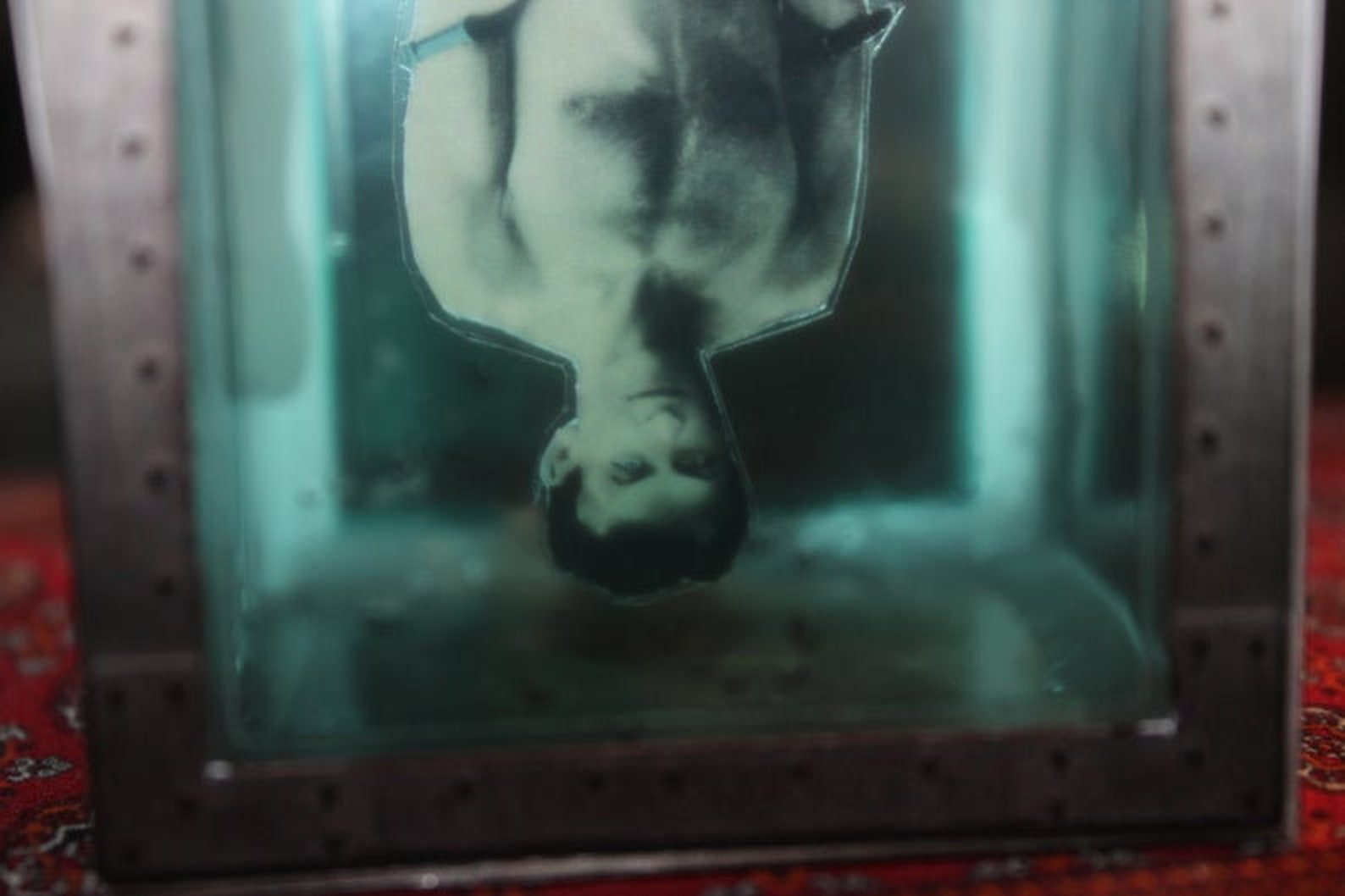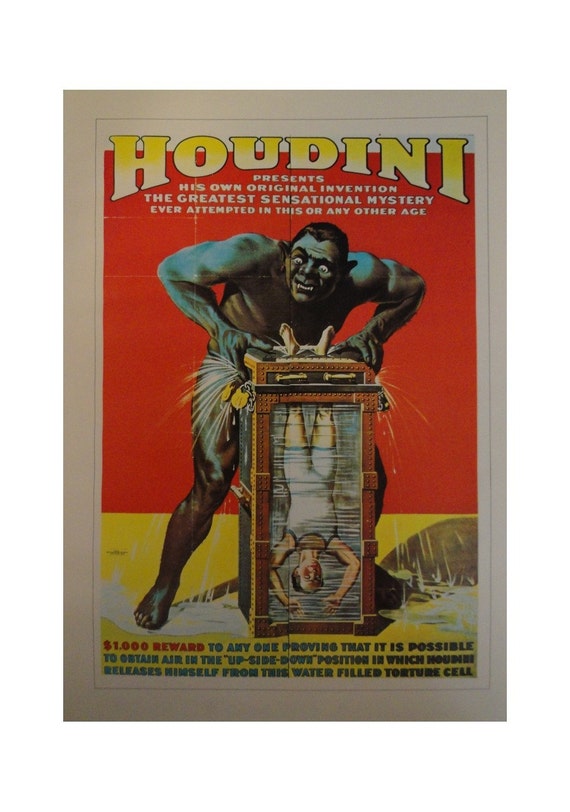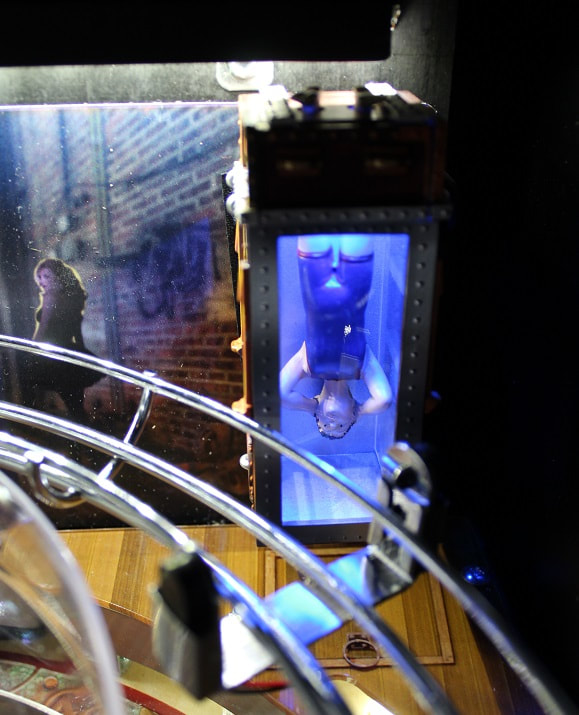

In his later years, Houdini campaigned against mediums, mind readers, fakirs, and others who claimed supernatural talents but depended on tricks. Other acts featured Houdini being hung from a skyscraper in a straitjacket, or bound and buried-without a coffin-under six feet of dirt. In another, he was heavily bound and then suspended upside down in a glass-walled water tank. In a favorite act, he was bound and then locked in an ironbound chest that was dropped into a water tank or thrown off a boat. In 1908, Houdini began performing more dangerous and dramatic escapes. In executing his escapes, he relied on strength, dexterity, and concentration-not trickery-and was a great showman. He went on his first international tour in 1900 and performed all over Europe to great acclaim. He soon was specializing in escape acts and gained fame for his reported ability to escape from any manacle. When he was nine, he joined a traveling circus and toured the country as a contortionist and trapeze performer. At a young age, he immigrated with his family to Appleton, Wisconsin, and soon demonstrated a natural acrobatic ability and an extraordinary skill at picking locks. Houdini was born Erik Weisz in Budapest in 1874, the son of a rabbi.

The burst appendix poisoned his system, and on October 31 he died. Doctors operated on him, but to no avail. He fell ill on the train to Detroit, and, after performing one last time, was hospitalized. The magician hadn’t had time to prepare, and the blows ruptured his appendix. Suddenly, one of the students punched Houdini twice in the stomach.

Twelve days before, Houdini had been talking to a group of students after a lecture in Montreal when he commented on the strength of his stomach muscles and their ability to withstand hard blows. Harry Houdini, the most celebrated magician and escape artist of the 20th century, dies of peritonitis in a Detroit hospital.


 0 kommentar(er)
0 kommentar(er)
